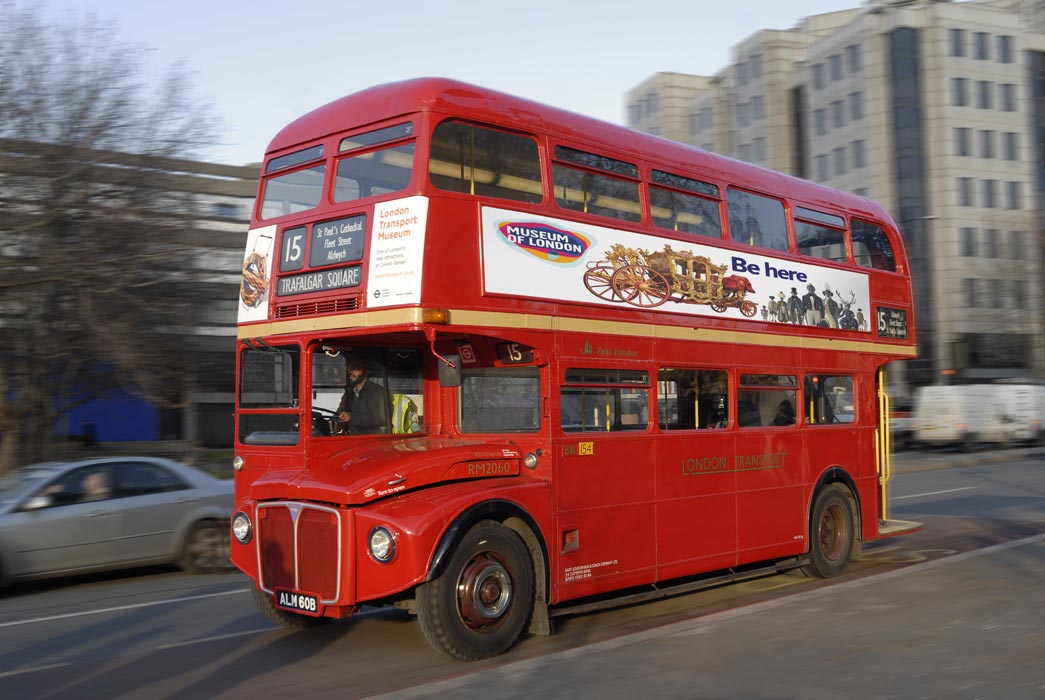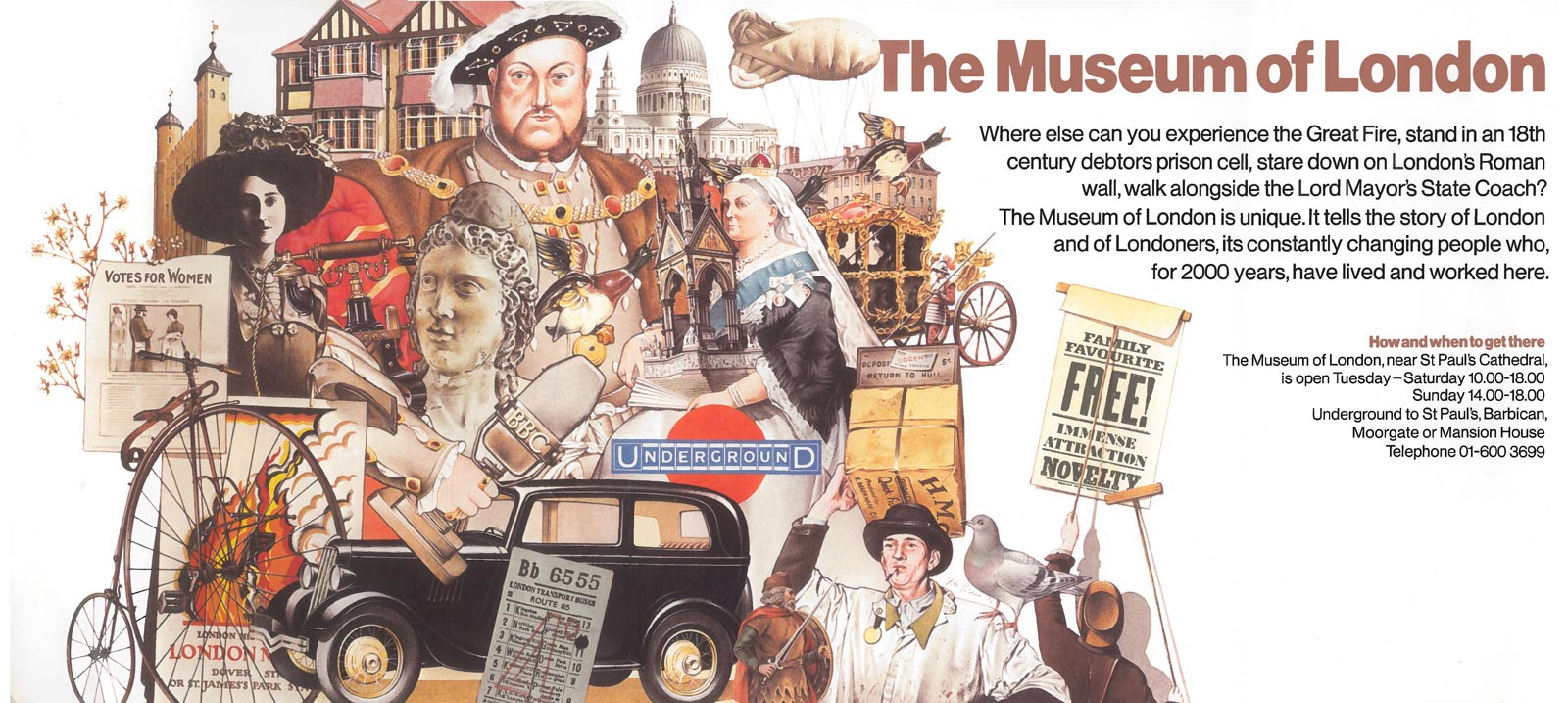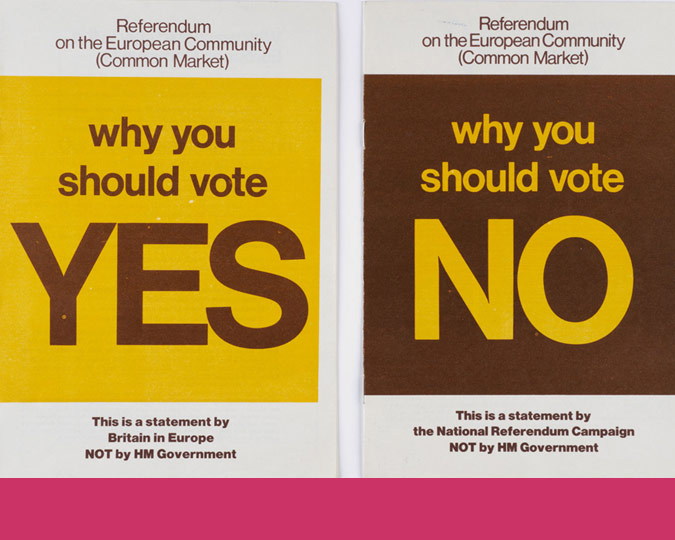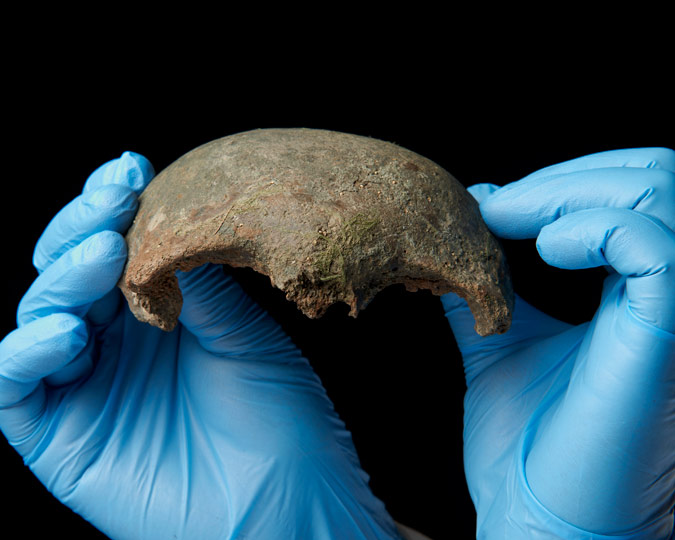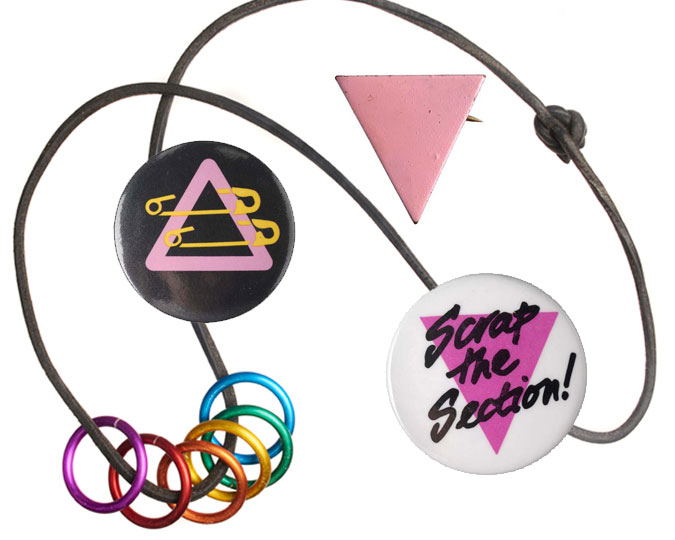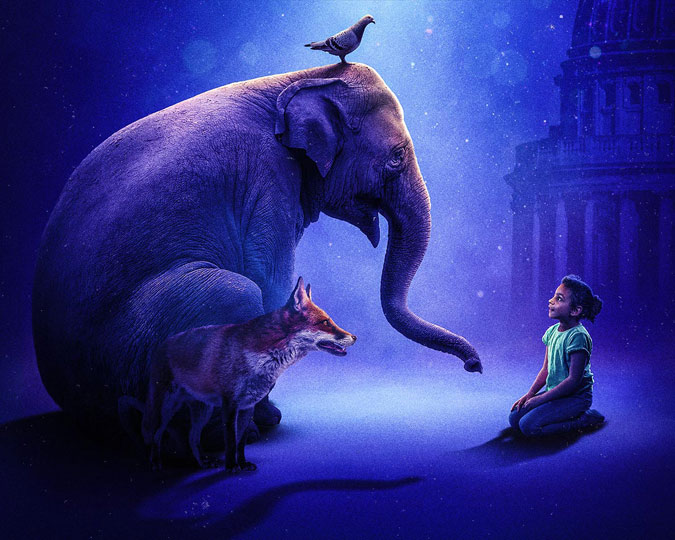The Museum of London is getting ready to move to our new home in West Smithfield. A new building gives us a chance to rethink the objects we display and the stories we tell. How can we make the museum’s collections reflect the lives of Londoners today? Finbarr Whooley, Museum of London Director of Content, explains our plans.
What is Curating London?
Curating London is a major four year collecting programme inspired by the lived experience of Londoners and funded by Arts Council England. We want to work with Londoners to capture the breadth and depth of 21st century life in the city.
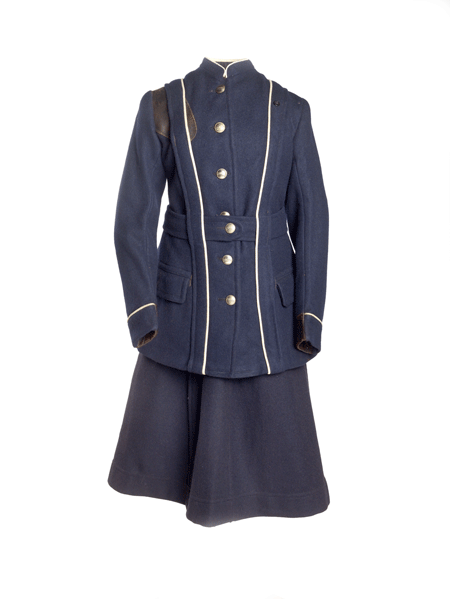
Uniform of a bus conductor, 1916
Due to labour shortages during the First World War, the London General Omnibus Company employed women for the first time in 1916.
An interest in contemporary history isn’t new for museums: far-sighted curators have always tried to capture the concerns of today for posterity. The Museum of London’s collection includes an important collection of women’s uniforms acquired at the height of the First World War, when London was still under threat from German air-raids. In recent times the growth of interest in social history has resulted in more and more museums focusing on contemporary collecting.
However it is impossible to collect contemporary history with any rigour if the museum is divorced from everyday life. The Museum of London needs insight into the popular culture and everyday experience of local communities. Without that knowledge, we will not recognise the most important issues facing Londoners today, nor be able to find the objects and stories that reflect them.
That’s why for Curating London, the Museum of London will spread out across the city. Each year, we’ll work with people who live in a target area of London: that could be as big as a borough or as small as a single street. In 2019, our area studies will be:
- WE THE PEOPLE, looking at how ordinary people have changed the city in the borough of Lambeth
- Data Flow, a digital artwork that traces the course of the River Lea through east London.
Each year we'll also work on a single project across all of London, collecting around a single theme that matters to the whole city.
Bringing the museum to Londoners
Curating London is based on a long history of museums trying to better reflect the modern city.
From the 1970s onwards, many museums have recognised the need to attract audiences from across society to remain relevant to the contemporary world. When the new Museum of London opened in 1976, its first Director Tom Hume told the Evening News: “If within five to ten years of opening we haven’t got families from Golden Lane and other parts of Islington coming in for a look, we shall have missed out.”
This desire for museums to become more accessible led to the aspiration of diversifying museum collections. Over the past thirty years, museums in London have been at the forefront of developing exhibitions and collecting programmes which set out to capture the richness and diversity of everyday Londoners’ experience.
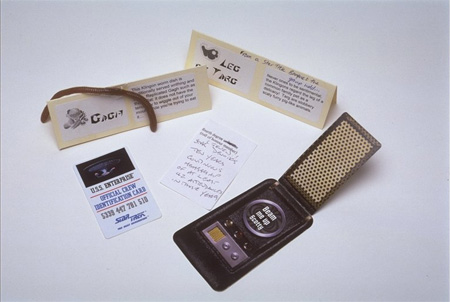
Objects acquired during the "Collecting 2000" project
Items relating to the social group the 'Deep Space Dykes' formed by lesbians with an interest in Star Trek.
The Museum of London launched the Peopling of London programme in 1993, exploring the long history of migration to London, which inspired a new way for museums to work with their communities. The museum also initiated Collecting 2000, which sought to document everyday life at the turn of the millennium, and a project around the 2012 Olympic Games to collect social media posts.
We’ve also been inspired by other London museum initiatives like Brent’s Front Room: a Caribbean Perspective in 1996. Curating London is also indebted to the work developed in London by borough museums in Hackney, Croydon, Brent and Islington, and nationwide by the 2012 Stories of the World programme and the more recent Collecting Birmingham initiative.
Although the Curating London programme has grown out of this long history, it differs from previous work undertaken by museums. The Museum of London will use knowledge gleaned from Londoner’s lived experience to create collections that represent aspects of everyday life. This type of collecting demands more than academically rigorous curators. It also needs curators who are immersed in the culture that they seek to record: ideally, a curator from that place or community themselves. Curating London curators will use their knowledge of everyday life to build up collections that reflect the lived experience of Londoners today.
To achieve this, the Museum of London is recruiting a team of people with a strong community engagement expertise, people who might not have worked in a museum before but bring new skills and new expertise. Keep an eye on our current vacancies for a chance to add your talents to Curating London.
Capturing a changing city
Over the course of four years the Curating London team will develop new collections for the Museum of London, some from across London, and some specific and local. Every year we’ll run one pan-London collecting project, recording how Londoners think and feel about one major issue facing the city.
Our first pan-London collecting project is Brexit Talks: asking Londoners to tell us, in person and on social media, if they think their relationship with the city has been changed by Brexit.
Curating London will help us look at the city through fresh eyes. This new curatorial perspective may be that of someone immersed in their local place, who never thought of themselves as a museum curator. They could be a pensioner, an activist, or a religious leader who is capturing their lived experience. This type of curation has never been done before at this scale, and it represents a completely new way for the museum to document contemporary London for future generations.
What do you think Curating London should collect next? Get in touch on Twitter, Instagram, Facebook, or email [email protected].








